Home>Gardening & Outdoor>Plant Care & Gardening Tips>How To Maintain A Wildflower Meadow


Plant Care & Gardening Tips
How To Maintain A Wildflower Meadow
Modified: January 19, 2024
Learn essential plant care and gardening tips for maintaining a vibrant wildflower meadow. Discover expert advice for nurturing and preserving your natural outdoor space.
(Many of the links in this article redirect to a specific reviewed product. Your purchase of these products through affiliate links helps to generate commission for Storables.com, at no extra cost. Learn more)
Introduction
Welcome to the enchanting world of wildflower meadows! Creating and maintaining a wildflower meadow is a rewarding endeavor that not only adds natural beauty to your surroundings but also supports local ecosystems and wildlife. Whether you have a sprawling backyard or a small patch of land, cultivating a wildflower meadow can be a delightful and eco-friendly way to enhance your outdoor space.
In this guide, we will explore the essential steps and tips for maintaining a vibrant and flourishing wildflower meadow. From selecting the right location to managing pests and maintaining the meadow's natural charm, we will cover everything you need to know to nurture a thriving wildflower haven.
So, grab your gardening tools and get ready to embark on a journey filled with colorful blooms, buzzing pollinators, and the gentle rustle of native grasses. Let's dive into the art of maintaining a wildflower meadow and discover the wonders it can bring to your outdoor sanctuary.
Key Takeaways:
- Embrace the beauty of wildflower meadows by selecting the right location, preparing the soil, and choosing native wildflowers to create a vibrant and eco-friendly outdoor sanctuary.
- Nurturing a wildflower meadow involves mindful watering, weed control, and pest management to support a diverse and resilient ecosystem while preserving the natural charm of the meadow.
Read more: Why Are Wildflower Meadows Important?
Selecting the Right Location
Choosing the ideal location for your wildflower meadow is crucial for its long-term success. Wildflowers thrive in areas with abundant sunlight, so opt for a spot that receives at least six hours of direct sunlight per day. This ensures that the wildflowers can photosynthesize effectively, promoting robust growth and vibrant blooms.
Additionally, consider the natural drainage patterns of the area. Wildflower meadows generally prefer well-drained soil to prevent waterlogging, which can be detrimental to the plants’ health. Avoid low-lying areas where water tends to accumulate, as excessive moisture can lead to root rot and other issues.
Furthermore, take into account the existing vegetation and soil quality. It’s best to choose a location with relatively low fertility to discourage aggressive grasses from outcompeting the wildflowers. If the soil is overly fertile, consider amending it with low-nitrogen, well-draining compost to create a more suitable growing environment for wildflowers.
When possible, select a site that is visible from frequently used areas of your property, such as a patio or deck. This allows you to fully appreciate the beauty of the wildflower meadow and the diverse array of pollinators it attracts.
By carefully assessing these factors, you can identify a prime location that provides the optimal growing conditions for your wildflower meadow, setting the stage for a flourishing and visually captivating natural space.
Preparing the Soil
Before sowing the seeds of your wildflower meadow, it’s essential to prepare the soil to create a hospitable environment for the diverse mix of wildflowers. Start by removing any existing vegetation, such as grass and weeds, from the designated area. This can be achieved by manually pulling out the unwanted plants or by using a natural herbicide to clear the space.
Next, loosen the soil to a depth of about 6 to 8 inches (15 to 20 centimeters) using a garden fork or a rototiller. This process, known as tilling, helps aerate the soil and creates a loose, friable texture that is conducive to seed germination and root development.
Once the soil is prepared, consider performing a soil test to assess its pH and nutrient levels. Most wildflowers prefer a slightly acidic to neutral pH range of 6.0 to 7.0. If the soil’s pH is outside of this range, amendments such as lime or sulfur can be added to adjust it accordingly. Additionally, if the soil lacks essential nutrients, organic matter or a balanced, slow-release fertilizer can be incorporated to improve its fertility.
After making any necessary adjustments, rake the soil to create a smooth and level surface, removing any rocks, debris, or large clumps. This provides an ideal bed for sowing the wildflower seeds, ensuring good seed-to-soil contact and consistent germination.
By taking the time to properly prepare the soil, you establish a nurturing foundation for your wildflower meadow, setting the stage for the successful establishment and growth of a diverse and resilient community of native wildflowers.
Choosing the Right Wildflowers
When selecting wildflowers for your meadow, it’s essential to opt for species that are well-suited to your local climate, soil type, and sunlight conditions. Native wildflowers are particularly valuable for supporting local ecosystems and wildlife, making them an excellent choice for creating a biodiverse and resilient meadow.
Research the native wildflowers that are indigenous to your region, as they have naturally adapted to thrive in the local environment. Consider factors such as bloom time, height, color, and growth habits to curate a diverse mix of wildflowers that will provide continuous blooms throughout the growing season, creating a visually captivating and ecologically beneficial landscape.
When sourcing wildflower seeds, look for reputable suppliers that offer region-specific seed mixes containing a variety of native wildflower species. These mixes are thoughtfully curated to support local biodiversity and are often tailored to specific growing conditions, simplifying the process of selecting suitable wildflowers for your meadow.
It’s important to note that some wildflowers may be more aggressive or invasive than others. Be mindful of including species that could potentially outcompete others or spread uncontrollably, disrupting the balance of your meadow. Research the growth habits and ecological characteristics of each wildflower species to make informed choices that contribute to a harmonious and sustainable wildflower community.
By thoughtfully selecting a diverse array of native wildflowers that are well-adapted to your local environment, you can create a vibrant and resilient meadow that not only showcases the beauty of indigenous flora but also provides essential resources for pollinators and other wildlife.
Planting the Wildflowers
Planting wildflowers is an exciting and rewarding process that sets the stage for the emergence of a diverse and colorful meadow. Depending on your preference and the size of the area, you can choose to sow wildflower seeds directly or opt for planting seedlings or plugs.
If sowing seeds, it’s best to do so in the fall or early spring to take advantage of natural temperature fluctuations and precipitation patterns. Before sowing, mix the wildflower seeds with a carrier material, such as sand or vermiculite, to ensure even distribution and prevent clumping. Rake the seed mixture evenly over the prepared soil, lightly pressing the seeds into the earth to promote good soil contact.
For planting seedlings or plugs, prepare individual planting holes spaced according to the specific requirements of each species. Gently remove the seedlings from their containers and place them in the prepared holes at the same depth they were previously growing. Firmly press the soil around the seedlings to eliminate air pockets and promote root establishment.
After planting, water the area thoroughly to settle the seeds or seedlings and provide essential moisture for germination and initial growth. It’s crucial to keep the soil consistently moist but not waterlogged during the germination and establishment phase, which typically lasts several weeks.
As the wildflowers begin to grow, monitor the area closely to ensure that the plants are thriving and competing with weeds. Be patient, as wildflowers often take time to establish and may not bloom prolifically until the second or third year after planting.
By planting wildflowers with care and attention to their specific needs, you can establish a flourishing meadow that bursts with a kaleidoscope of colors and textures, creating a haven for pollinators and a captivating natural spectacle for all to enjoy.
Regularly mow your wildflower meadow in the fall to prevent aggressive grasses from taking over and to promote the growth of wildflowers.
Read more: How To Convert Lawn To Wildflower Meadow
Watering and Fertilizing
Proper watering and fertilizing practices are essential for nurturing healthy and resilient wildflower meadows. While wildflowers are often associated with naturalized, low-maintenance landscapes, they still benefit from strategic irrigation and occasional nutrient supplementation, especially during the establishment phase.
During the initial stages after planting, it’s crucial to keep the soil consistently moist to support seed germination and the development of young seedlings. Depending on weather conditions, this may require regular, light watering to prevent the soil from drying out. Once the wildflowers are established, they typically become more resilient to drought and require minimal watering, relying primarily on natural rainfall.
When watering, aim to provide deep, infrequent irrigation to encourage the development of robust root systems. This can be achieved by applying water slowly and evenly to allow it to penetrate the soil deeply, promoting healthy root growth and drought tolerance.
As for fertilization, wildflowers generally thrive in low-fertility soil, and excessive fertilization can encourage aggressive grasses and weeds to outcompete the wildflowers. Instead of traditional fertilizers, consider incorporating organic matter, such as well-aged compost, into the soil before planting to provide a gentle nutrient boost without overwhelming the wildflowers with excessive nitrogen.
Should you notice signs of nutrient deficiency, such as pale or stunted growth, consider using a balanced, slow-release fertilizer specifically formulated for wildflowers. Apply the fertilizer sparingly and according to the manufacturer’s recommendations to avoid overstimulating vegetative growth at the expense of flower production.
By adopting a mindful approach to watering and utilizing fertilizers sparingly and strategically, you can support the long-term health and vitality of your wildflower meadow while maintaining a balanced and sustainable ecosystem for native flora and fauna.
Controlling Weeds
Weed control is a crucial aspect of maintaining a thriving wildflower meadow, as invasive plants can compete with and overshadow the native wildflowers, disrupting the balance and visual appeal of the meadow. Employing effective weed control strategies helps preserve the biodiversity and ecological integrity of the meadow while allowing the wildflowers to flourish.
One of the most effective methods of weed control in a wildflower meadow is to minimize soil disturbance. By avoiding excessive tilling or cultivation, you can prevent buried weed seeds from germinating and reduce the spread of persistent weeds. When preparing the soil or tending to the meadow, take care to disturb the soil as little as possible to maintain a healthy balance of plant species.
Regular monitoring and manual weeding are essential for addressing weed infestations before they become unmanageable. Take the time to inspect the meadow regularly, pulling out any emerging weeds by hand before they have the chance to set seed and spread. This proactive approach can prevent weed populations from gaining a foothold and overwhelming the wildflowers.
Mulching the wildflower meadow with a layer of organic mulch, such as straw or untreated wood chips, can effectively suppress weed growth while also conserving soil moisture and regulating soil temperature. The mulch acts as a natural barrier, smothering weeds and creating a favorable environment for the wildflowers to thrive.
For persistent or tenacious weeds, targeted spot treatments with natural herbicidal solutions, such as horticultural vinegar or citrus-based herbicides, can be employed as a last resort. It’s important to use these remedies judiciously and selectively, applying them only to the affected areas while taking care to avoid contact with the wildflowers.
By implementing a holistic weed control strategy that emphasizes prevention, manual intervention, and natural suppression methods, you can safeguard the integrity of your wildflower meadow and ensure that the native flora remains the focal point of the vibrant and biodiverse landscape.
Managing Pests
While wildflower meadows are generally resilient and low-maintenance, they are not immune to occasional pest challenges. Managing pests in a wildflower meadow involves striking a balance between minimizing pest damage and preserving the natural ecosystem, prioritizing non-invasive and eco-friendly control methods.
One of the most effective strategies for pest management in a wildflower meadow is to encourage natural predators and beneficial insects that help keep pest populations in check. By fostering a diverse and healthy ecosystem, you can create a natural balance that reduces the likelihood of pest outbreaks.
Regularly inspect the wildflower meadow for signs of pest activity, such as chewed leaves, stippled foliage, or the presence of pests themselves. Identifying pests early allows for swift intervention and prevents widespread damage to the wildflowers.
For minor pest infestations, consider employing physical removal methods, such as handpicking pests like caterpillars or beetles, and gently washing aphids or mites off the plants with a strong stream of water. These manual approaches can effectively reduce pest numbers without the need for chemical interventions.
Biological control, which involves introducing natural predators or parasites of specific pests, can be a sustainable and targeted method of pest management. For example, releasing ladybugs to combat aphids or encouraging predatory wasps that prey on caterpillars can help naturally regulate pest populations without disrupting the ecological balance of the meadow.
If pest pressures escalate and threaten the overall health of the wildflower meadow, consider utilizing organic insecticidal soaps or botanical insecticides derived from natural sources, such as neem oil. These products offer effective pest control while minimizing harm to beneficial insects and the surrounding environment.
By adopting a proactive and ecologically mindful approach to pest management, you can protect the beauty and biodiversity of your wildflower meadow while fostering a harmonious and sustainable habitat for native flora and fauna.
Mowing and Maintenance
Proper mowing and maintenance practices are essential for nurturing a healthy and visually appealing wildflower meadow. While wildflowers are known for their naturalistic and low-maintenance characteristics, periodic maintenance ensures that the meadow remains vibrant and supports a diverse array of plant and animal life.
When it comes to mowing, timing is crucial. It’s best to delay mowing until late winter or early spring to allow the previous year’s wildflower seed heads to disperse and provide sustenance for overwintering wildlife. This also gives early-emerging wildflower seedlings an opportunity to establish themselves before mowing takes place.
Adjust the mowing height of your wildflower meadow to promote healthy growth and prolific blooming. Depending on the species present in the meadow, a mowing height of 4 to 6 inches (10 to 15 centimeters) is generally suitable, allowing the wildflowers to thrive while preventing aggressive grasses from dominating the space.
After mowing, leave the cuttings in place to decompose and return nutrients to the soil, enriching the growing environment for the wildflowers. This natural mulching process also helps conserve soil moisture and suppress weed growth, contributing to the overall health and resilience of the meadow.
Periodic maintenance tasks, such as removing accumulated thatch or debris, can help improve air circulation and sunlight penetration, benefiting the wildflowers and preventing the buildup of organic matter that can smother emerging seedlings.
Regularly monitor the wildflower meadow for signs of encroaching invasive species or aggressive grasses, addressing these issues promptly to maintain the ecological balance and diversity of the meadow. Additionally, consider overseeding the meadow with additional wildflower seeds every few years to replenish the plant community and enhance the visual appeal of the space.
By embracing thoughtful mowing practices and conducting periodic maintenance with a light touch, you can preserve the natural charm and ecological integrity of your wildflower meadow, creating a captivating and biodiverse haven for native flora and fauna.
Read more: How To Grow A Wildflower Meadow
Conclusion
Cultivating and maintaining a wildflower meadow is a deeply rewarding journey that offers a myriad of benefits, from supporting local biodiversity and pollinators to creating a picturesque and ecologically vibrant landscape. By following the essential steps outlined in this guide, you can establish and nurture a flourishing wildflower meadow that captivates the senses and enriches the surrounding environment.
From selecting the ideal location and preparing the soil to carefully choosing native wildflowers and implementing mindful maintenance practices, each step plays a crucial role in the long-term success of the meadow. Embracing sustainable and ecologically conscious approaches, such as minimizing soil disturbance, encouraging natural pest control, and utilizing minimal intervention methods, fosters a harmonious and resilient ecosystem within the meadow.
As your wildflower meadow matures and evolves, it becomes a dynamic tapestry of colors, textures, and life, attracting a diverse array of pollinators, birds, and other wildlife. The meadow becomes a living canvas that changes with the seasons, offering a continuous spectacle of natural beauty and a sanctuary for native flora and fauna.
By tending to your wildflower meadow with care and reverence, you contribute to the preservation of native plant species and the enhancement of local ecosystems. Whether it’s a small backyard patch or an expansive meadow, each wildflower sanctuary enriches the landscape and connects us to the wonders of the natural world.
So, as you embark on this enchanting journey of wildflower meadow maintenance, may your meadow bloom abundantly, hum with the gentle buzz of pollinators, and inspire a deep appreciation for the intricate beauty of native wildflowers and the ecosystems they sustain.
Frequently Asked Questions about How To Maintain A Wildflower Meadow
Was this page helpful?
At Storables.com, we guarantee accurate and reliable information. Our content, validated by Expert Board Contributors, is crafted following stringent Editorial Policies. We're committed to providing you with well-researched, expert-backed insights for all your informational needs.
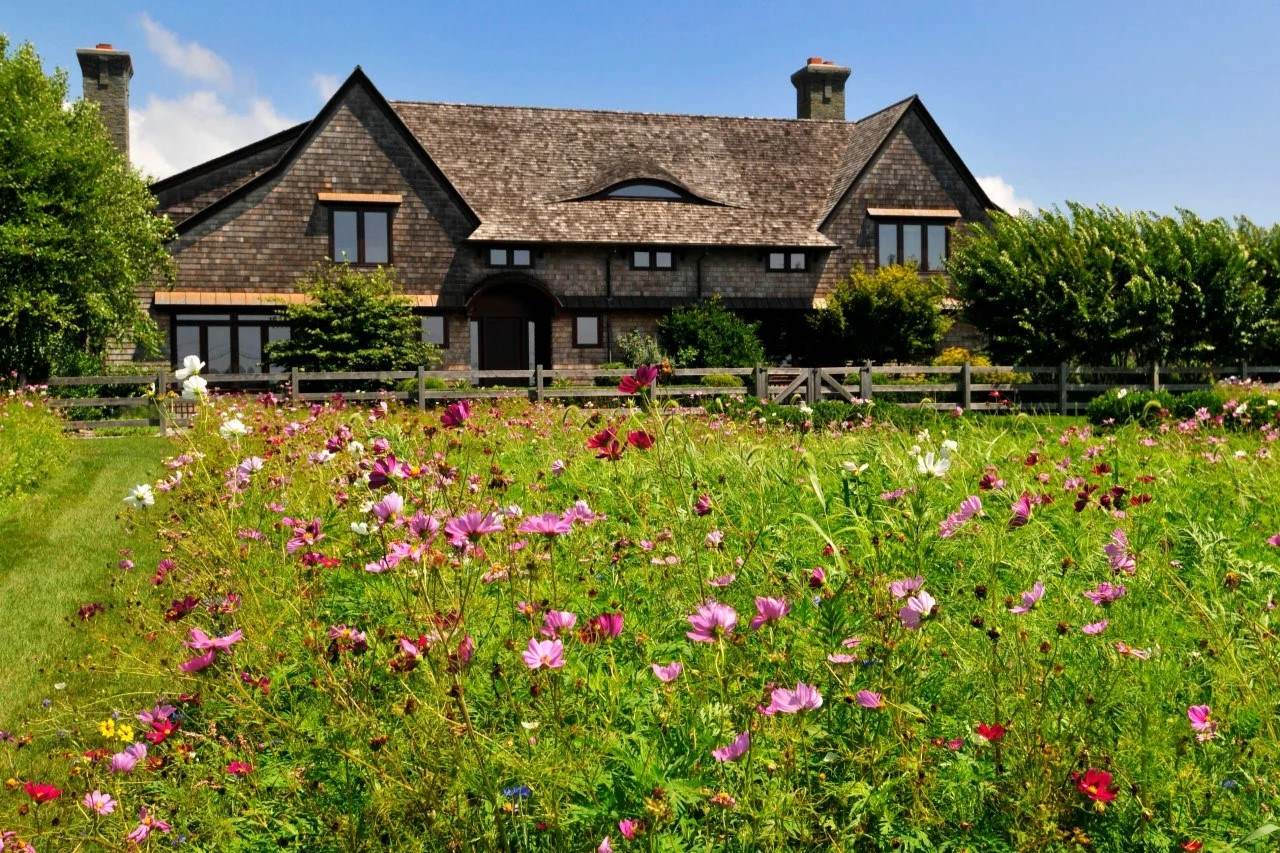
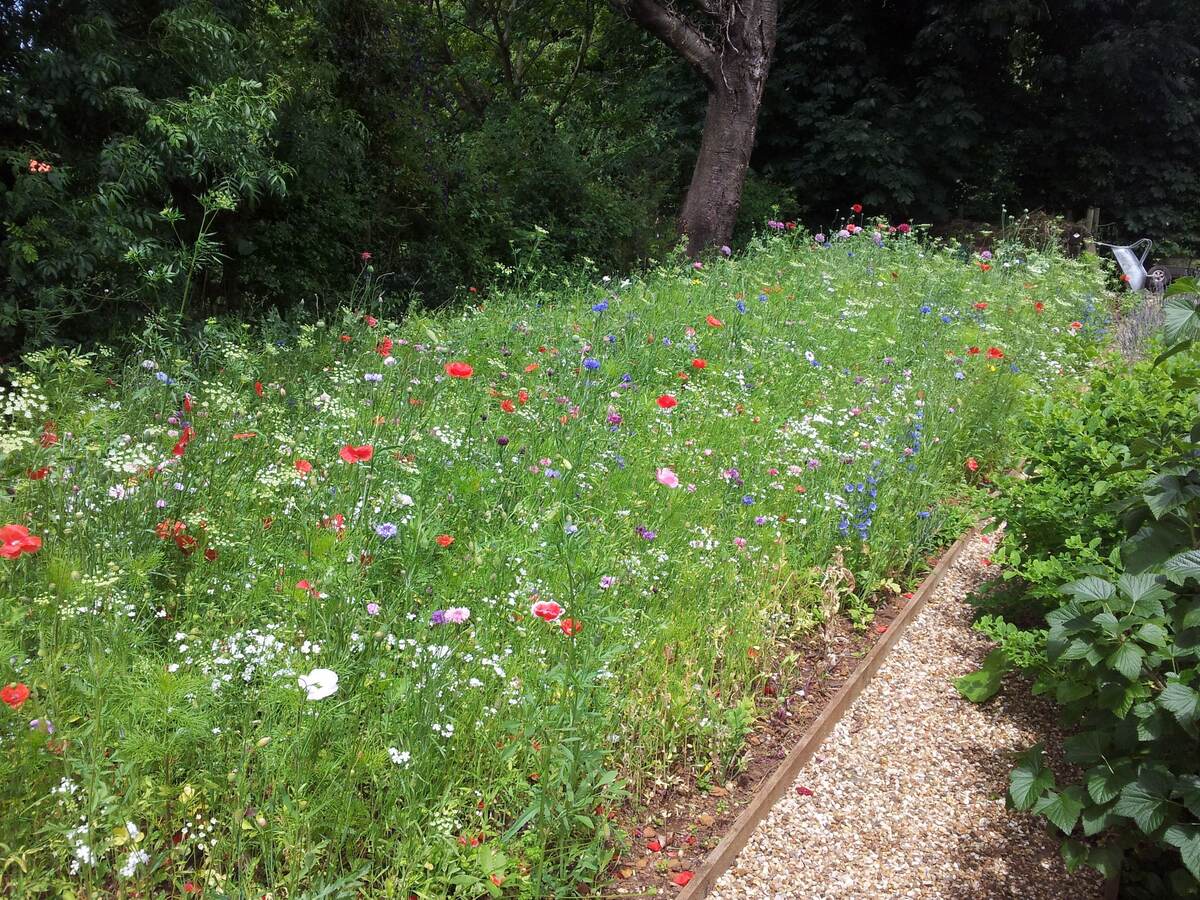
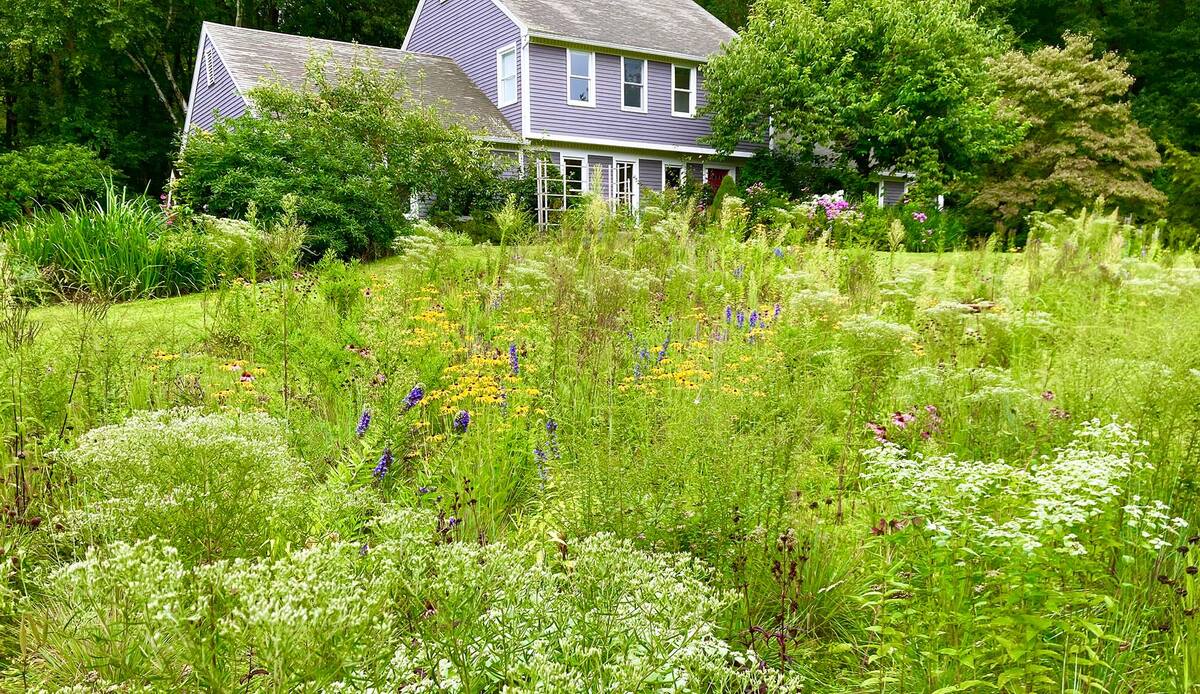
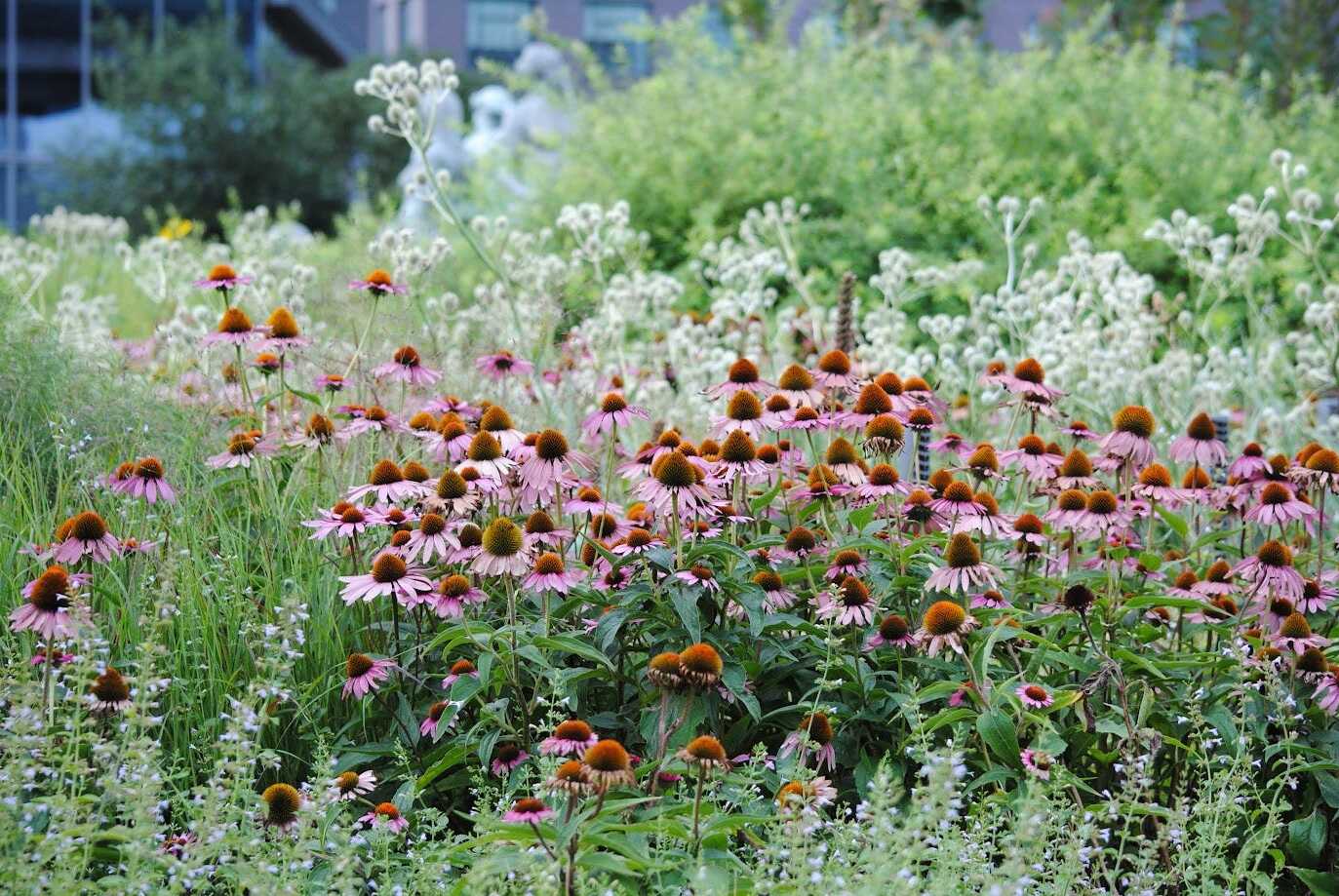
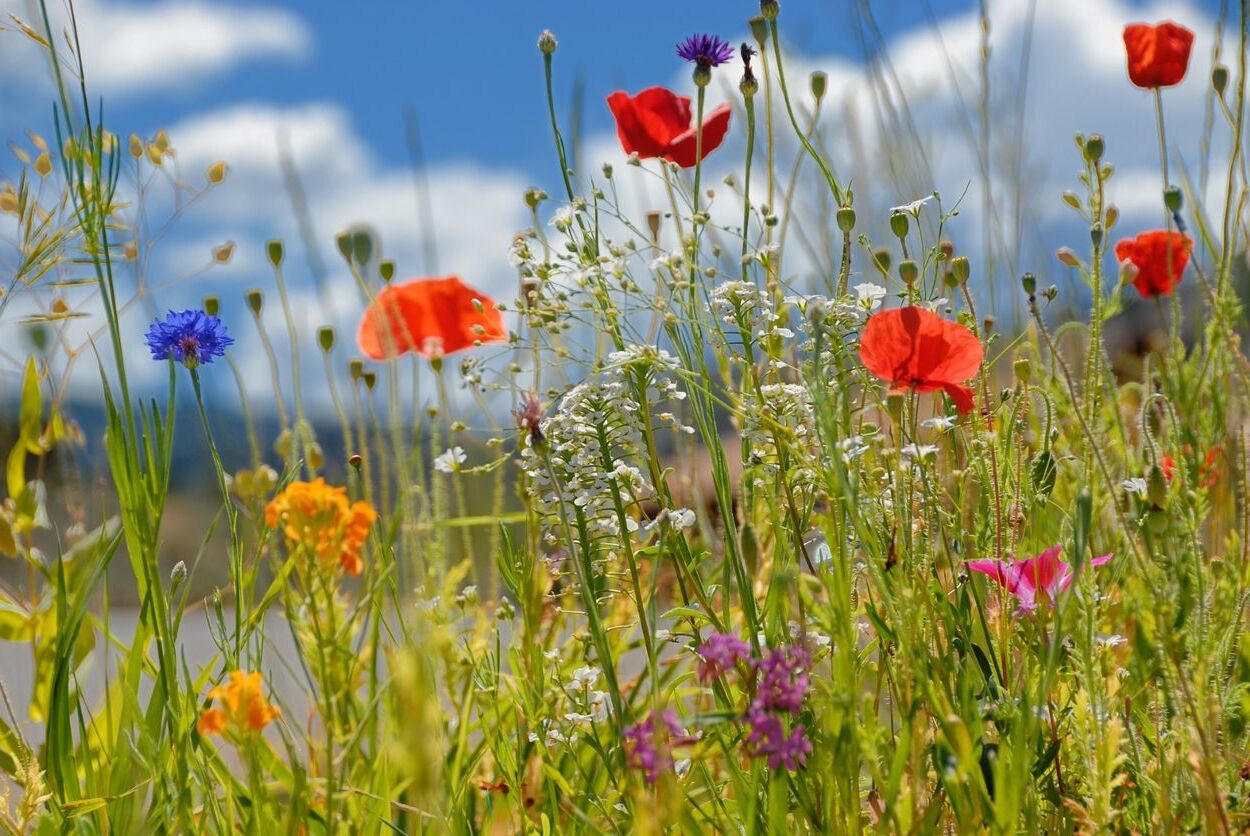
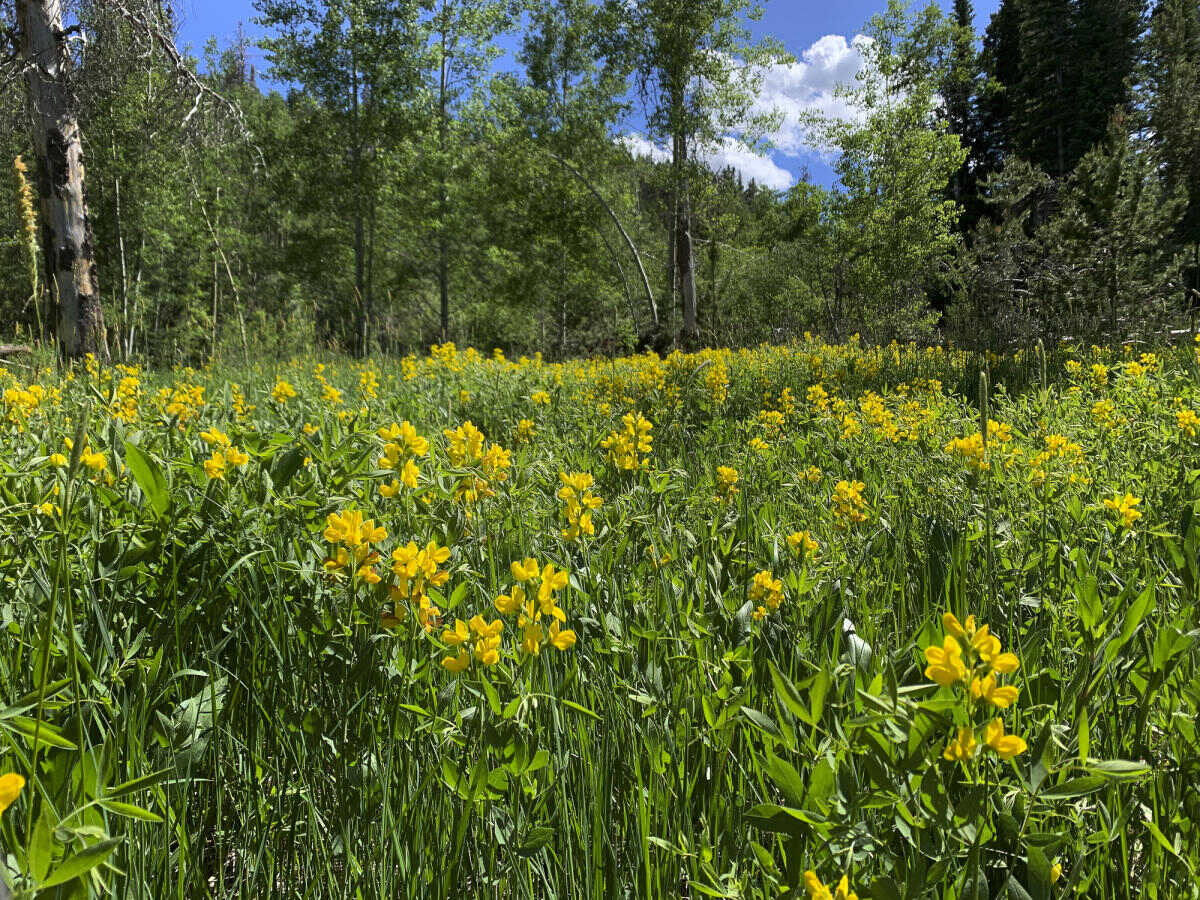

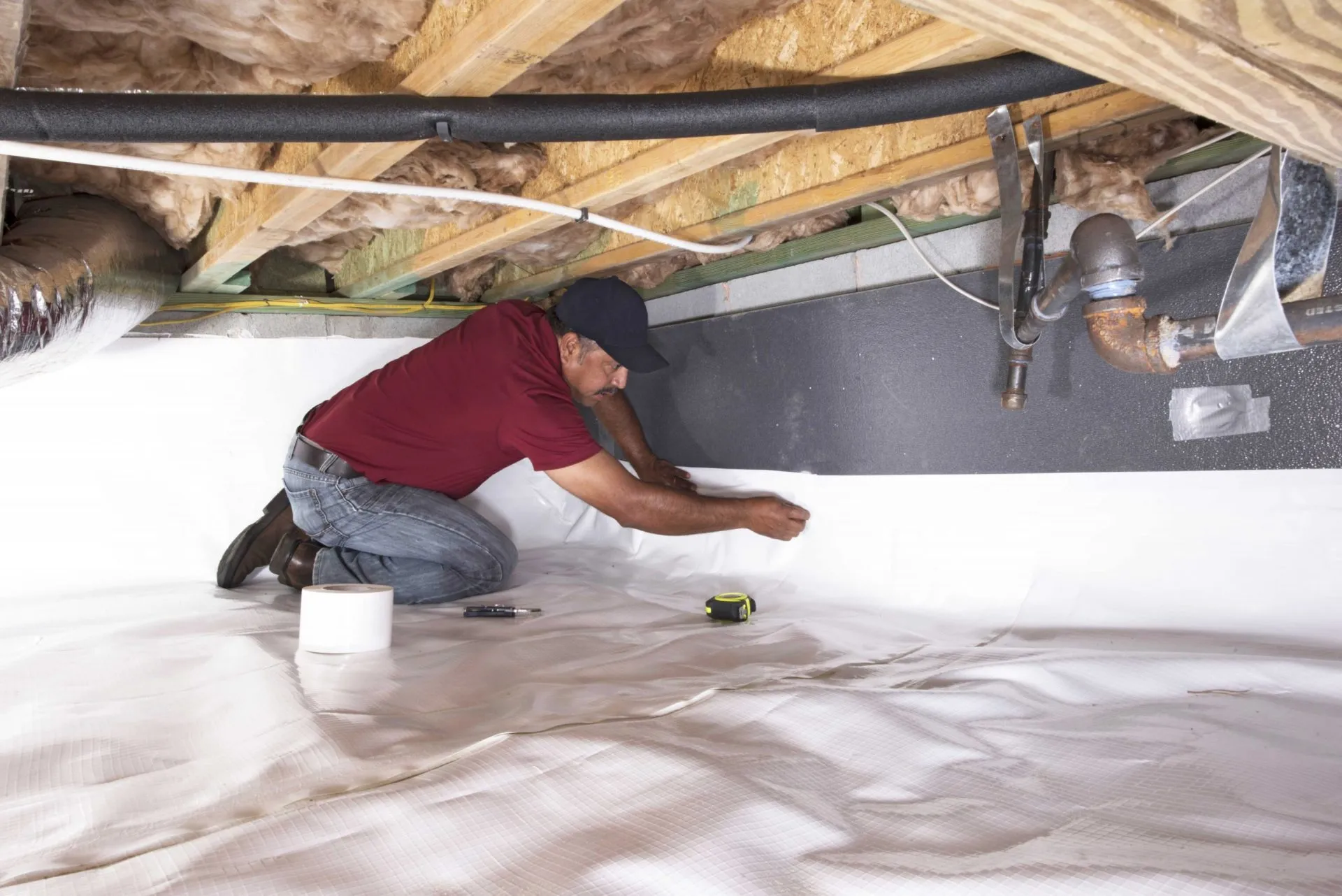
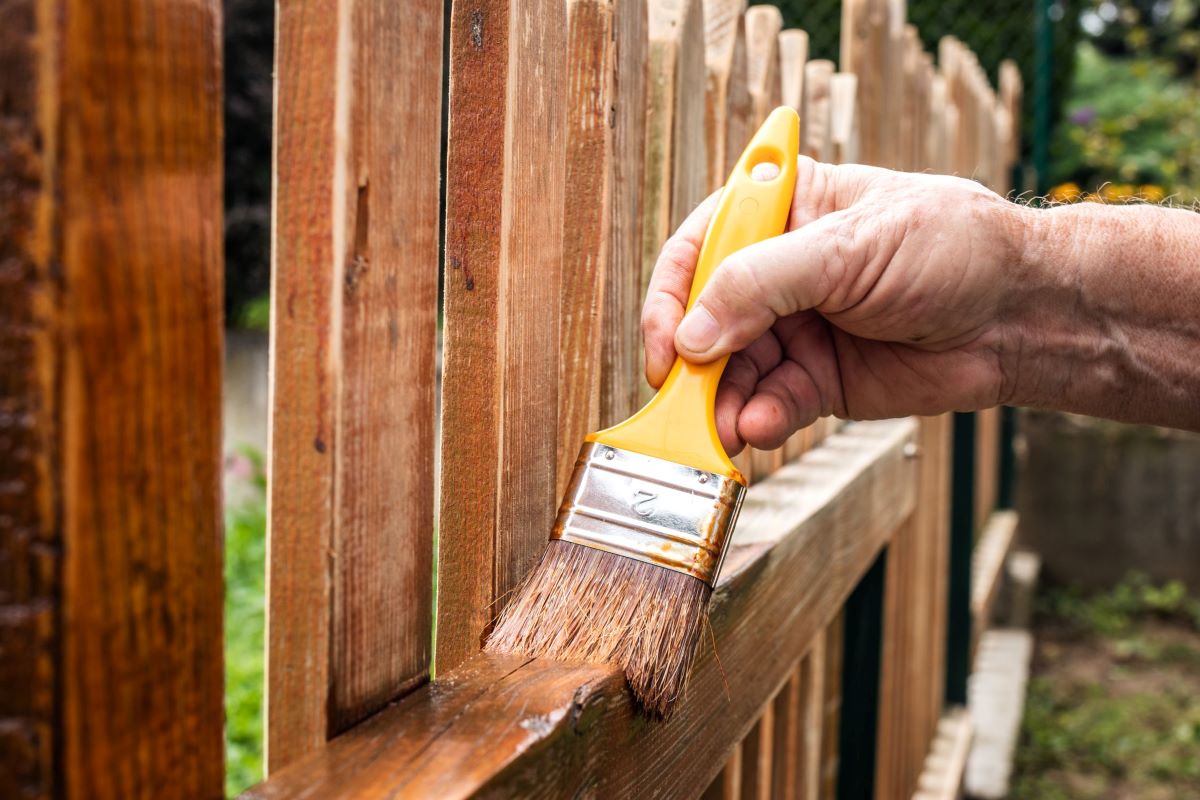
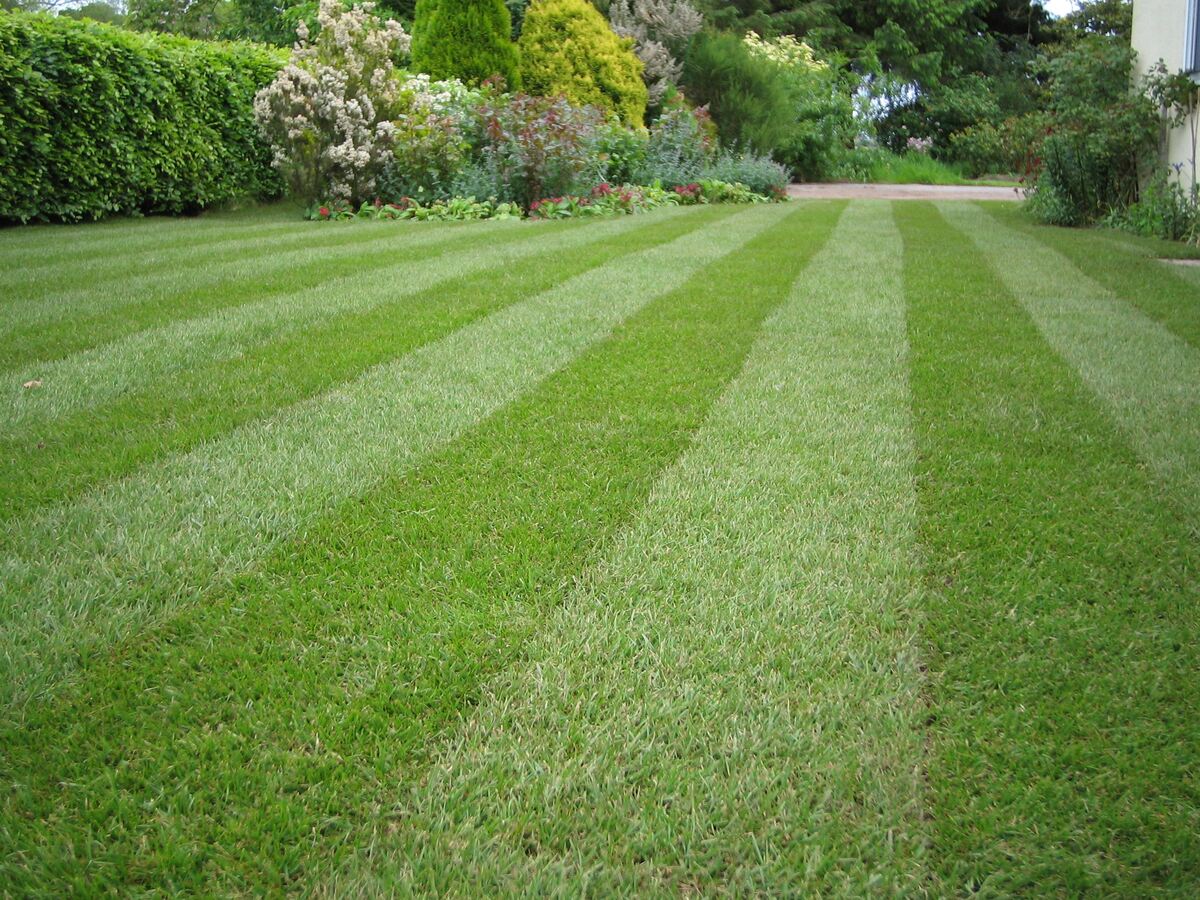


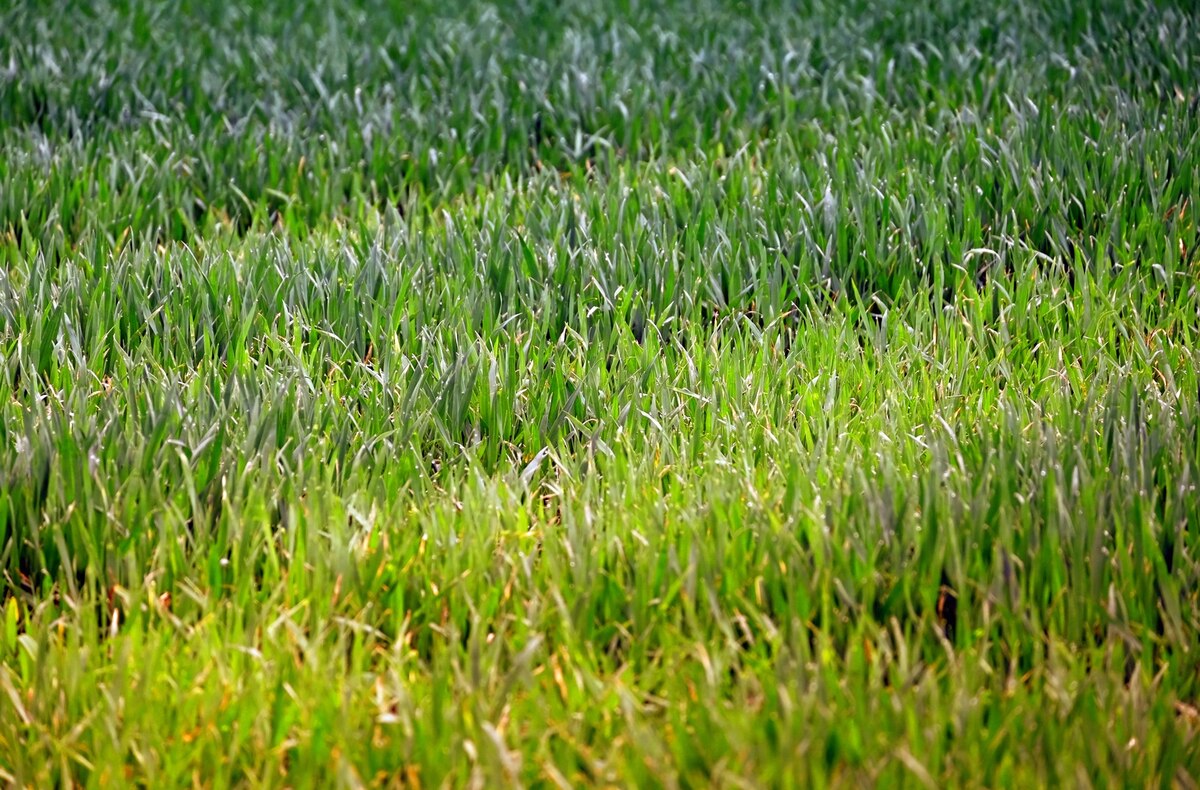

0 thoughts on “How To Maintain A Wildflower Meadow”